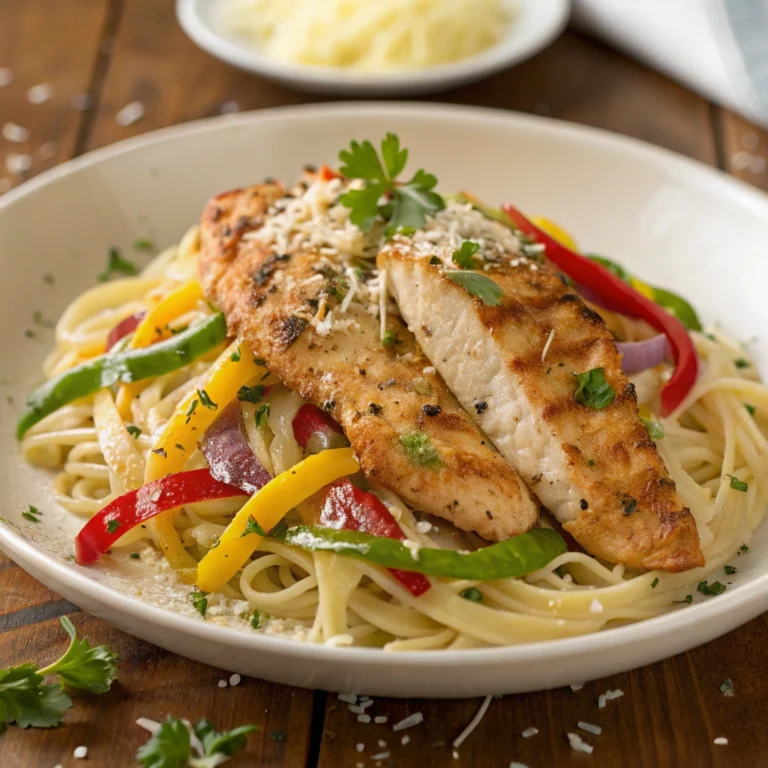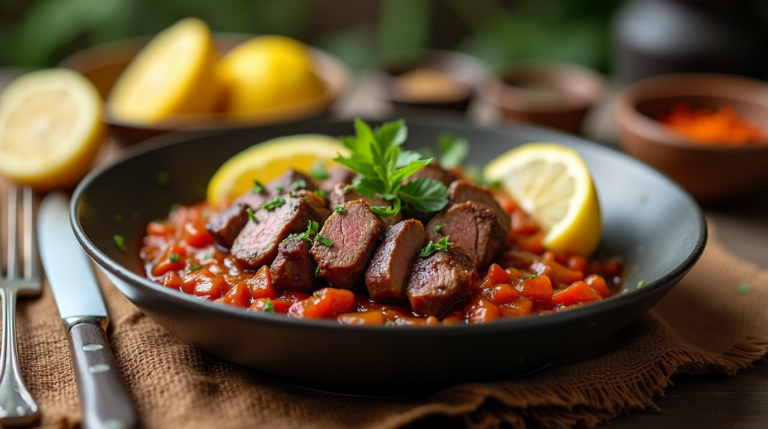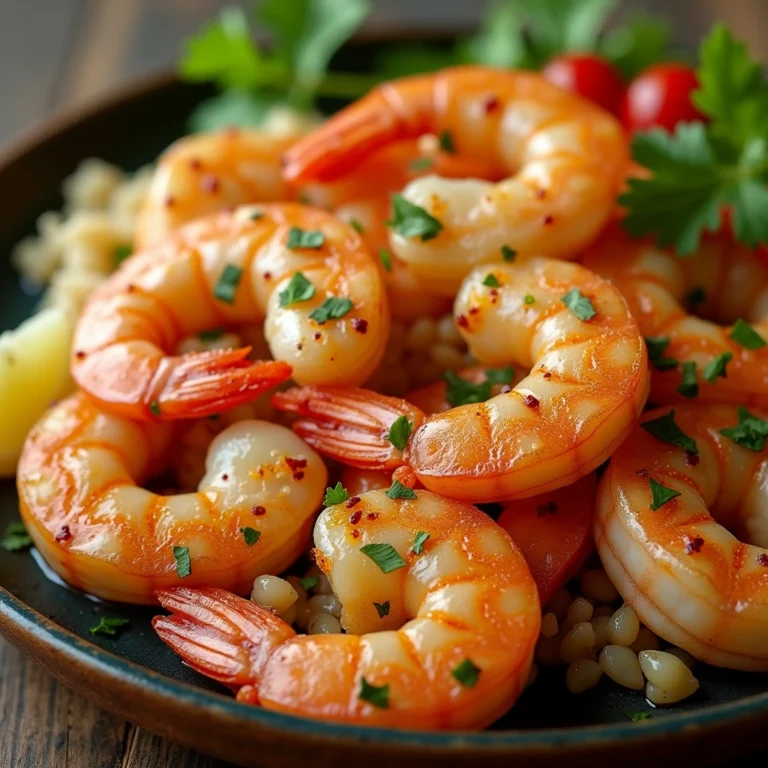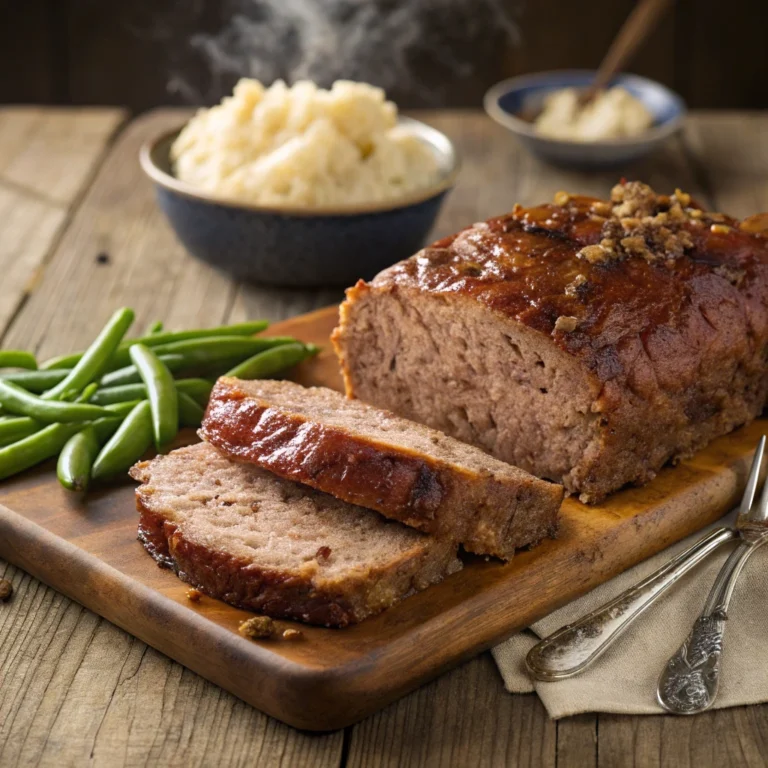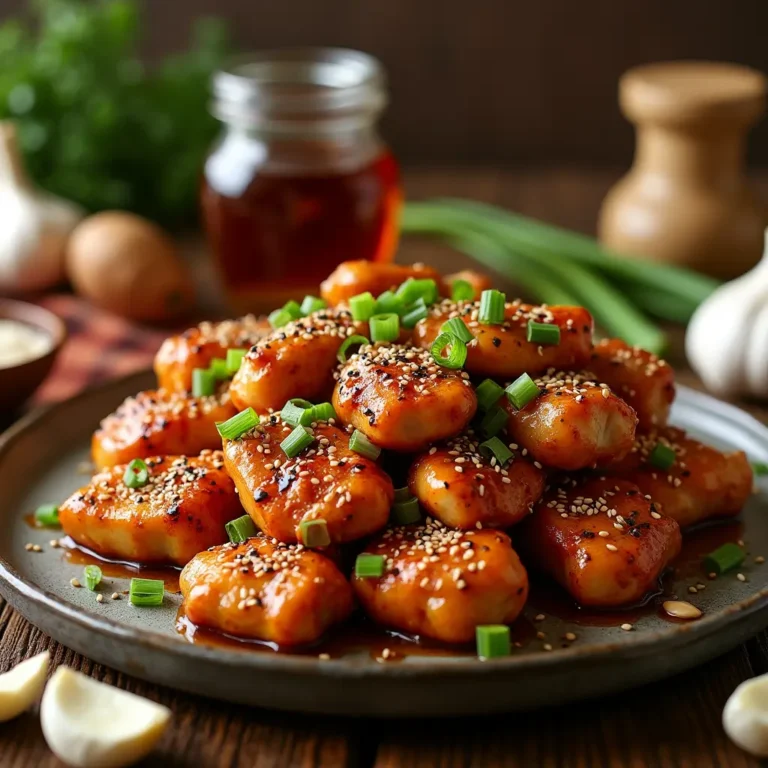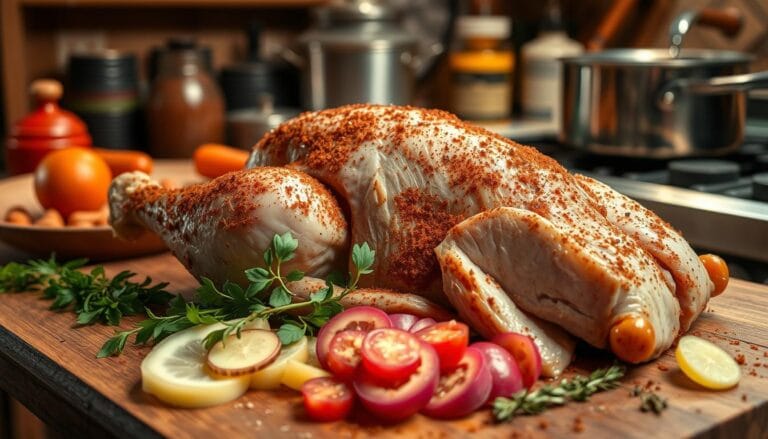Authentic Salmon Poke Recipe: A Taste of Hawaii at Home
Table of Contents
Imagine taking a bite of a vibrant salmon poke recipe and feeling like you’re on Hawaii’s sun-kissed beaches. The ocean breeze, the rhythmic waves, and the rich culinary tradition come alive in this dish. It has won the hearts of food lovers all over the world.
The Hawaiian salmon poke bowl is more than just a meal. It’s a journey to the pristine waters and rich cultural heritage of the Hawaiian Islands. Your kitchen can become a gateway to this exotic flavor experience. It turns fresh sushi-grade salmon into a delicious raw fish salad that excites your taste buds.
Whether you’re a seasoned home chef or just starting out, this Hawaiian poke bowl recipe will help you make a dish that’s both authentic and delicious. It celebrates the simplicity and freshness of traditional Hawaiian cuisine.
Understanding Hawaiian Poke: Origins and Traditions
Hawaiian poke is a tasty journey through traditional Hawaiian food. It started as a simple snack for fishermen and now is loved worldwide.
The word “poke” means “to slice” in Hawaiian. This shows how the dish is made. Fishermen used fresh ahi tuna, sea salt, seaweed, and candlenuts to make it.
What Makes Traditional Poke Special
Traditional poke is special for a few reasons:
- Fresh, high-quality sushi-grade fish
- Simple, authentic marinades
- Minimal processing to preserve natural flavors
- Emphasis on local, fresh ingredients
The Cultural Significance of Poke in Hawaii
Poke is more than food in Hawaiian culture. It’s about community, tradition, and the ocean. Fishermen would share their fresh catch with loved ones.
“Poke is not just food; it’s a celebration of Hawaiian maritime heritage.”
Evolution from Snack to Global Sensation
Poke’s popularity grew a lot since the 1970s. When ahi tuna became easier to find, poke became a popular dish everywhere.
| Decade | Poke Development |
|---|---|
| 1970s | Ahi tuna becomes primary fish |
| 1990s | Chef Sam Choy popularizes annual Poke Contest |
| 2012 | Poke restaurant numbers double |
Now, poke has many variations. It shows how it can change while keeping its true Hawaiian spirit.
Essential Ingredients for Salmon Poke Recipe
To make a real salmon poke bowl, you need to pick the right ingredients. These ingredients bring the taste of Hawaii to your dish. Start by choosing top-notch items that make your meal special.
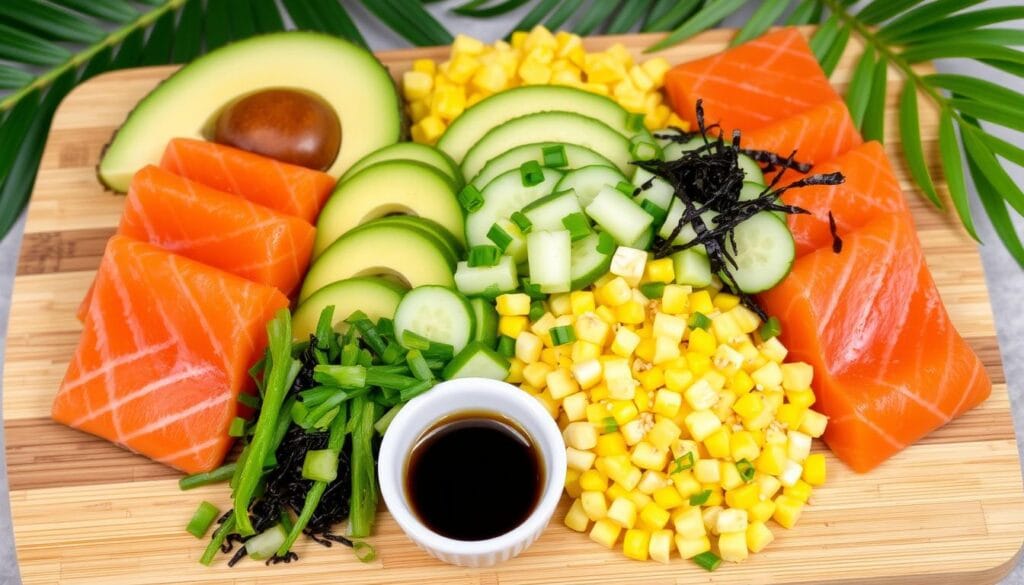
- Sushi-grade fish as the primary protein
- Fresh vegetables for texture and nutrition
- Authentic poke seasoning mix
- Premium condiments for enhanced flavor
Core Ingredients Breakdown
| Category | Recommended Ingredients | Quantity |
|---|---|---|
| Protein | Sushi-grade salmon | 1/2 pound |
| Seasoning | Coconut aminos | 2 tablespoons |
| Aromatics | Scallions | 2-3 thinly sliced |
| Extras | Sesame seeds | 1 teaspoon |
Your poke seasoning mix should have sweet, salty, and umami flavors. Rice vinegar, sesame oil, and red pepper flakes add depth to your salmon poke.
“The magic of poke lies in its simplicity and the quality of its ingredients.” – Hawaiian Culinary Tradition
Pro tip: Always pick fresh, sushi-grade fish for the best taste and safety. Your salmon should be firm, bright, and from a trusted seafood market.
Selecting and Preparing Sushi-Grade Salmon
Making a great poke bowl begins with top-notch sushi-grade salmon. It’s important to know about raw fish and food safety. This ensures your dish is tasty and safe to eat.
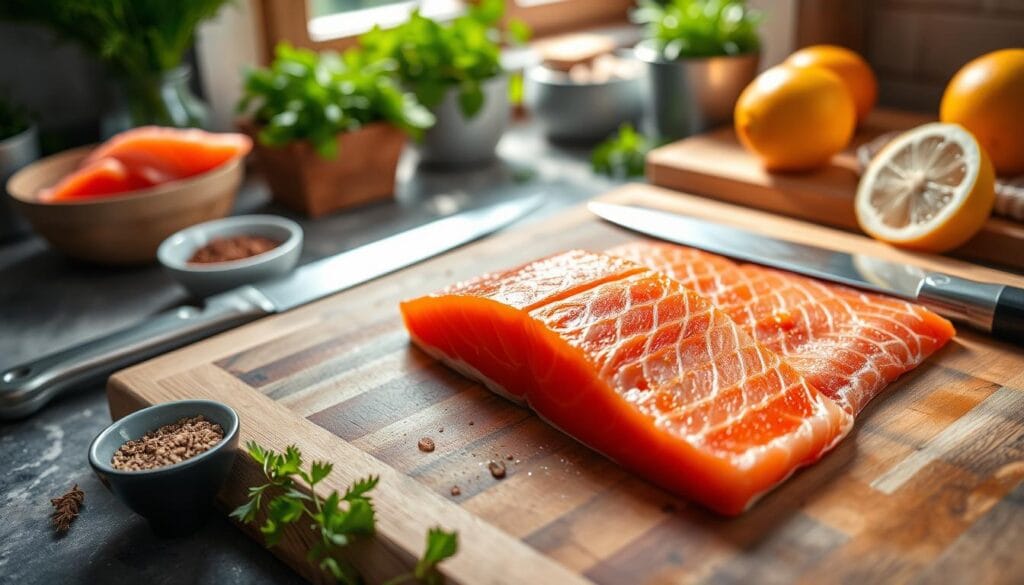
Choosing Quality Sushi-Grade Fish
When picking salmon for your poke, look for these important traits:
- Bright, vibrant color with no discoloration
- Firm texture with no soft or mushy areas
- Fresh, mild ocean scent
- Specifically labeled as sushi-grade
“The quality of your salmon determines the success of your poke bowl.” – Professional Chef
Proper Fish Handling and Safety Guidelines
Handling raw fish needs careful attention to safety. Follow these key steps:
- Purchase salmon frozen at temperatures below -4°F (-20°C)
- Thaw salmon slowly in the refrigerator
- Use separate cutting boards for raw fish
- Sanitize all surfaces before and after preparation
| Safety Measure | Purpose |
|---|---|
| Freezing Temperature | Kills potential parasites |
| Clean Workspace | Prevents cross-contamination |
| Proper Thawing | Maintains fish quality |
Cutting Techniques for Perfect Poke Cubes
Get uniform salmon cubes with these expert tips:
- Use a sharp, clean knife
- Cut salmon into 1/2-inch to 3/4-inch cubes
- Ensure even sizing for consistent marination
- Work on a chilled surface to maintain fish integrity
Pay close attention to selecting and preparing sushi-grade salmon. This will make your poke bowl truly stand out.
Creating the Perfect Poke Marinade
Making a great hawaiian marinade is key to making your salmon poke amazing. It’s all about finding the right balance of umami flavors. These flavors should enhance the fish’s taste and add depth to your dish.
Your poke sauce recipe should aim to mix ingredients in a way that boosts the salmon’s natural flavor. Here’s what you need:
- Soy sauce: The base, adding saltiness
- Sesame oil: Brings a rich, nutty taste
- Rice wine vinegar: Adds a tangy, bright note
- Honey: Adds a touch of sweetness
For an extra kick, try adding these:
- Grated fresh ginger
- Minced garlic
- Sriracha or chili crisp for heat
- Toasted sesame seeds
“The magic of a great poke marinade is in its simplicity and balance of flavors.” – Hawaiian Culinary Tradition
When making your marinade, mix everything well. Let the salmon marinate for 30 minutes to 24 hours. This long marinating time lets the flavors soak into the fish, making it taste more intense.
Pro tip: Use fresh, sushi-grade salmon. Also, tweak the marinade to fit your taste. A great marinade should balance salty, sweet, and spicy without overpowering the fish.
Bowl Assembly and Topping Combinations
Making the perfect poke bowl is an art. It’s about mixing flavors, textures, and health. Start by picking the right base and toppings that go well with your salmon.
Rice Selection and Preparation
Sushi rice is the base of your poke bowl. Go for short-grain or medium-grain rice for a true Hawaiian taste. Here’s how to prepare it:
- Rinse rice well before cooking
- Use a rice cooker for the best results
- Let the rice cool down to room temperature
- Add rice vinegar for extra flavor
Fresh Vegetable and Garnish Options
Add life to your poke bowl with fresh veggies. They bring crunch and health. Some top picks include:
- Sliced avocado
- Cucumber ribbons
- Shredded carrots
- Red cabbage
- Diced bell peppers
Sauce Variations and Combinations
The right sauce can make your poke bowl amazing. Try these tasty options:
| Sauce Type | Key Ingredients | Flavor Profile |
|---|---|---|
| Spicy Mayo | Mayonnaise, Sriracha | Creamy, Spicy |
| Wasabi-Citrus | Mayonnaise, Wasabi, Lemon Juice | Tangy, Sharp |
| Sesame Soy | Soy Sauce, Sesame Oil | Rich, Umami |
Pro tip: Always taste and adjust your sauce before drizzling to ensure the perfect flavor balance.
The beauty of poke bowls is their flexibility. Feel free to mix and match to make your own unique dish. It should reflect your taste.
Storage Tips and Food Safety Guidelines
Keeping raw fish safe is key when making poke at home. The freshness of your salmon poke depends on how you handle and store it. The FDA has guidelines to help you enjoy your dish safely.
Here are important food safety tips for sushi-grade salmon:
- Keep salmon at or below 40°F to prevent bacterial growth
- Consume poke within 24 hours of preparation
- Refrigerate immediately after preparing
- Use clean, sanitized cutting surfaces
“Proper food handling isn’t just about taste—it’s about protecting your health.” – FDA Seafood Guidelines
Here are storage tips for the best poke freshness:
- Store raw fish in the coldest part of your refrigerator
- Use airtight containers to prevent contamination
- Separate marinated salmon from other ingredients
- Assemble poke bowls just before serving
Pro tip: Always check the internal temperature of your refrigerator to ensure it stays below 40°F, which is critical for raw fish storage and preventing potential foodborne illnesses.
Remember, pregnant women, young children, and people with weak immune systems should be extra careful with raw fish. If unsure, lightly sear your salmon or talk to a healthcare professional.
Conclusion
Making homemade poke bowls brings Hawaiian flavors right to your kitchen. You learn to prepare sushi-grade salmon and make a tasty marinade. This turns a simple meal into a healthy and tasty experience.
Healthy fish recipes like salmon poke are not just tasty. They also give you important nutrients for your health. These nutrients help keep you well overall.
To make the perfect poke bowl, choose the best ingredients and learn to cut them well. Use fresh, sustainable salmon for the best taste. Salmon’s omega-3 fatty acids are good for your heart and brain.
Every poke bowl you make lets you try Hawaiian cooking in your own way. You can use traditional toppings or try new ones. Your poke bowls can be a tasty way to learn about Hawaiian cuisine.
Enjoy making your poke bowls and the health benefits they bring. Savor every bite of your Hawaiian-inspired food adventure.
FAQ
What exactly is salmon poke?
Salmon poke is a dish from Hawaii. It’s made with fresh, high-quality salmon cut into small pieces. These pieces are then marinated in a tasty sauce. It’s a mix of raw fish, toppings, and seasonings that’s loved worldwide.
Is it safe to eat raw salmon in poke?
Eating raw salmon in poke is safe if you use sushi-grade fish. This fish must be frozen to kill parasites. Always buy from trusted sources and check that the salmon is labeled as sushi-grade.
How long can I marinate the salmon?
You can marinate salmon for 30 minutes to 24 hours. A shorter time gives a lighter flavor. Longer marinating makes the taste stronger. But, don’t marinate for more than 24 hours to avoid changing the fish’s texture.
What are the essential ingredients for salmon poke?
You’ll need sushi-grade salmon, soy sauce, sesame oil, and spicy sauces like sambal or sriracha. Also, fresh ginger, garlic, green onions, tobiko, and sesame seeds are key. For a full poke bowl, add short-grain rice, avocado, cucumber, and optional toppings like edamame or nori sheets.
Can I make poke if I don’t like raw fish?
Yes! You can use cooked salmon, shrimp, tofu, or chicken instead. The marinade and bowl concept are flexible. This way, you can enjoy a poke dish that fits your taste while keeping the Hawaiian flavors.
How should I store leftover poke?
Store poke in a sealed container in the fridge for up to 24 hours. Keep the fish cold and avoid room temperature. Store marinated salmon separately from other ingredients. Assemble the bowl just before eating to keep it fresh and safe.
What makes a great poke bowl?
A great poke bowl has fresh fish, a tasty marinade, and perfectly cooked rice. It also needs a mix of textures from veggies and garnishes. Use fresh ingredients and aim for a balance of flavors and textures.
Is poke a healthy meal option?
Poke is a healthy choice. It’s rich in protein, healthy fats, and can be full of veggies. It’s low in calories and packed with nutrients. You can also customize it to fit different diets, like low-carb or gluten-free.
Did you enjoy making our recipe?
There are no reviews yet. Be the first one to write one.

